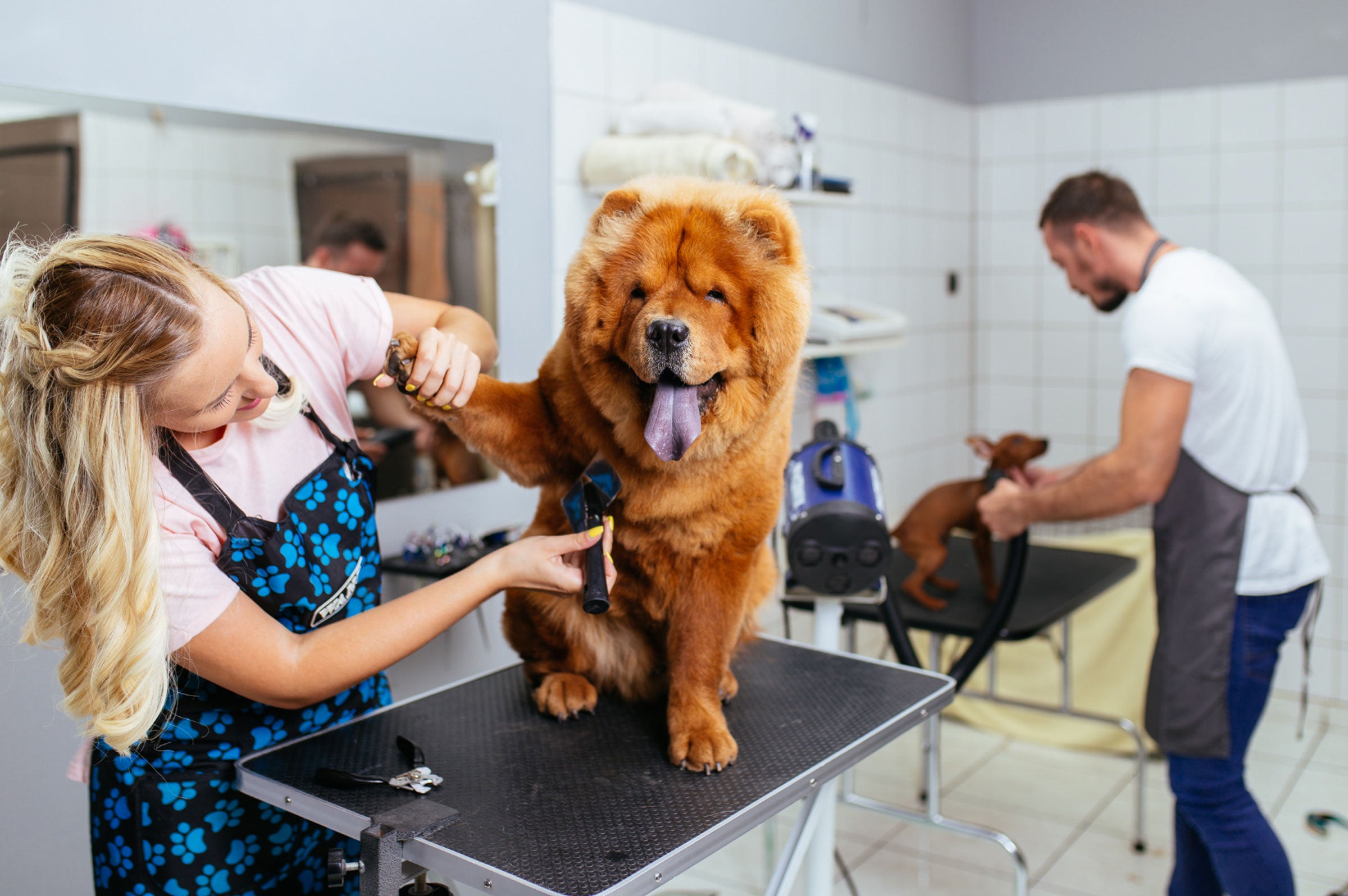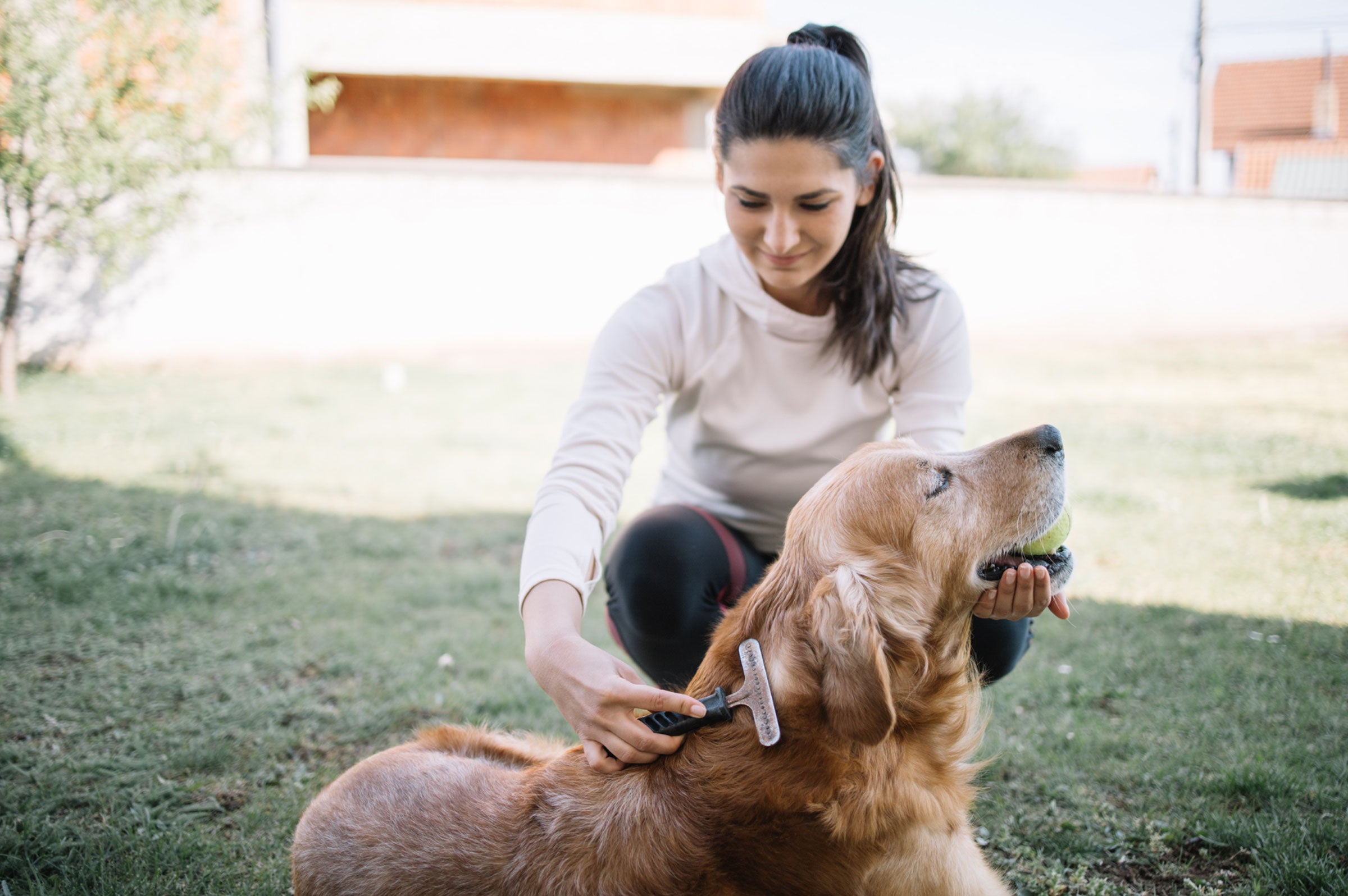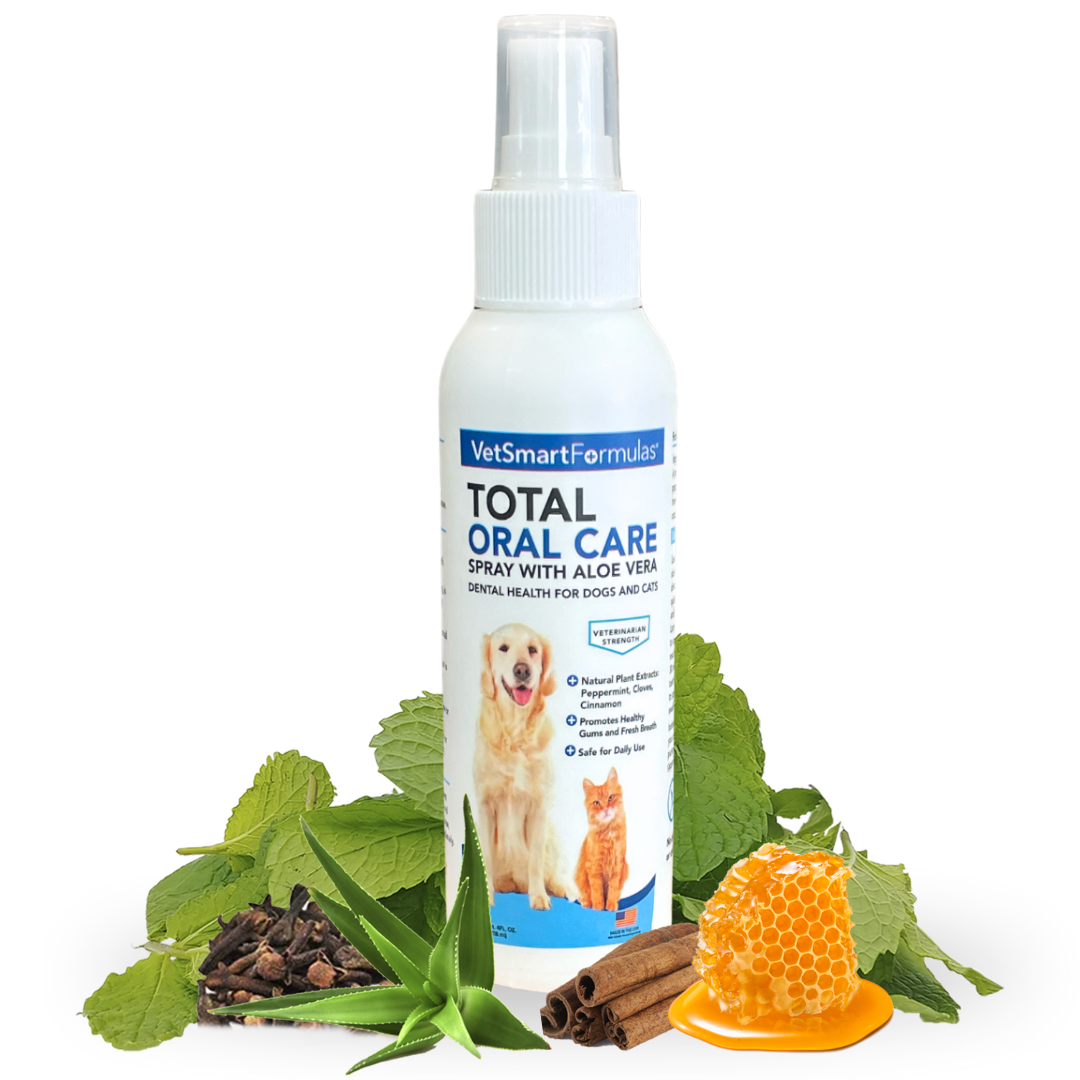If you've noticed your dog crying more often than usual, it's essential to understand that what might seem like crying can be an indication of various needs or issues. Dogs do not shed tears as humans do when emotional, but they may whine, whimper, or howl to communicate. Here are the main reasons why your dog might be exhibiting these behaviors:
1. Seeking Attention
When dogs cry for attention, it's their way of communicating a need for interaction or affection. Much like a child tugging at their parent's clothes, a dog's whimpers, whines, or howls can be attempts to get your eyes on them. This behavior is particularly common if they feel neglected or haven’t had enough playtime.
It's also a learned behavior; if crying has previously resulted in extra treats or cuddles, your dog is smart enough to remember and repeat the action. Recognizing when your dog is crying for attention is essential, and providing regular, positive interactions can help mitigate these cries, ensuring your furry friend feels loved and valued.
2. Feeling Anxious or Stressed
Dogs can also cry when they're feeling anxious or stressed. One common cause is separation anxiety, where dogs exhibit distress and excessive crying when left alone. This type of anxiety can lead to other disruptive behaviors, such as chewing, digging, or trying to escape. There are ways to treat separation anxiety, so don’t despair if you can’t dedicate yourself to your furry friend, 24/7!
Changes in their environment, such as moving to a new home or the arrival of a new family member, can also make dogs feel unsettled and prompt crying. To help alleviate your dog's anxiety, consider providing a safe, calming space with familiar items like their favorite toy or blanket, and gradually acclimatizing them to new situations. If the anxiety persists, consulting a vet or a professional dog trainer for further guidance can be beneficial.
3. In Pain or Discomfort
Crying can also be a sign that your dog is in pain or experiencing physical discomfort. This type of crying is often more persistent and may be accompanied by other symptoms such as limping, reluctance to jump or climb stairs, and changes in eating habits. Common causes of pain in dogs include arthritis, dental issues, or injuries.
It's crucial to pay close attention to these signs and not dismiss them as mere attention-seeking. A timely visit to the veterinarian can help diagnose the issue, provide relief through treatment, and prevent more serious conditions from developing. Ensuring your dog's comfort will help minimize their need to cry out in distress.
4. Needs and Desires
Dogs often cry to express basic needs and desires, signaling when they require something essential, such as needing to go outside for a bathroom break, feeling hungry, or being too hot or cold. These cries are straightforward communication efforts, guiding you to fulfill their immediate needs. Additionally, dogs might react with vocalizations to external stimuli, such as the sound of a doorbell or the sight of another animal outside.
By responding promptly to these cries, you provide not only for their physical needs but also for their emotional well-being, ensuring they feel secure and attended to in their environment. Recognizing and addressing these signals can strengthen the bond between you and your pet, fostering a deeper understanding and mutual respect.
Understanding and Responding to Your Dog’s Cries
To effectively address your dog's crying, observe when and where it occurs and what seems to trigger it. Consistent training, providing a stable environment, meeting their physical and emotional needs, and regular check-ups with the vet can help keep your dog happy and reduce crying.
Remember, patience and understanding are key. Your dog relies on you to interpret their cries and help them feel secure and loved. Always maintain your pet’s health and nutrition with proper food and quality supplements, like veterinary-strength supplements from VetSmart Formulas.









